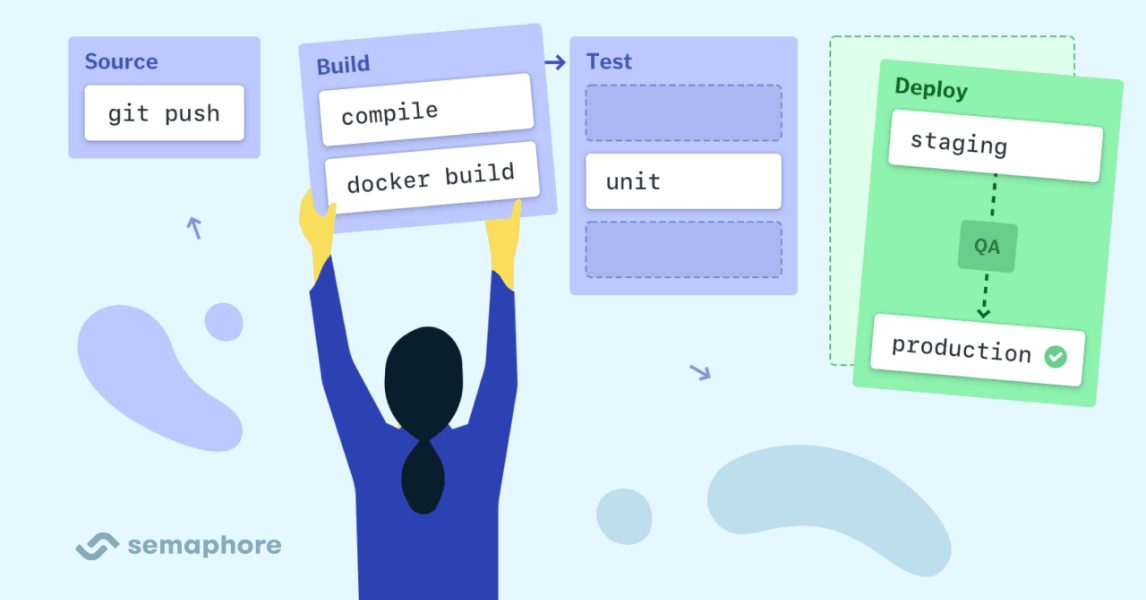

With DevOps and containers, developers can more easily release and update apps as a collection of loosely coupled services, like microservices, instead of having to wait for one large release.Ĭloud-native development focuses on an architecture’s modularity, loose coupling, and the independence of its services.

That means bringing your development and operations teams together with shared purpose and regular feedback through DevOps.Ĭontainer adoption supports these practices by offering an ideal application deployment unit and self-contained execution environment. It starts with the people in your organization and the automation processes that help them collaborate. More specifically, it’s a way to build and run responsive, scalable, and fault-tolerant apps anywhere-be it in public, private, or hybrid clouds. These benefits are achieved through self-service and on-demand provisioning of resources, as well as automating the application life cycle from development to production.īut to fully utilize these benefits, a new form of application development is needed.Ĭloud-native development is just that-an approach to building and updating apps quickly, while improving quality and reducing risk.

Organizations adopt cloud computing to increase the scalability and availability of apps. Its goal is to deliver apps users want at the pace a business needs.īut what about the "cloud" in cloud-native applications? If an app is "cloud-native," it’s specifically designed to provide a consistent development and automated management experience across private, public, and hybrid clouds. In short, cloud-native app development is a way to speed up how you build new applications, optimize existing ones, and connect them all. They are designed to deliver well-recognized business value, like the ability to rapidly incorporate user feedback for continuous improvement. Cloud-native applications are a collection of small, independent, and loosely coupled services.


 0 kommentar(er)
0 kommentar(er)
